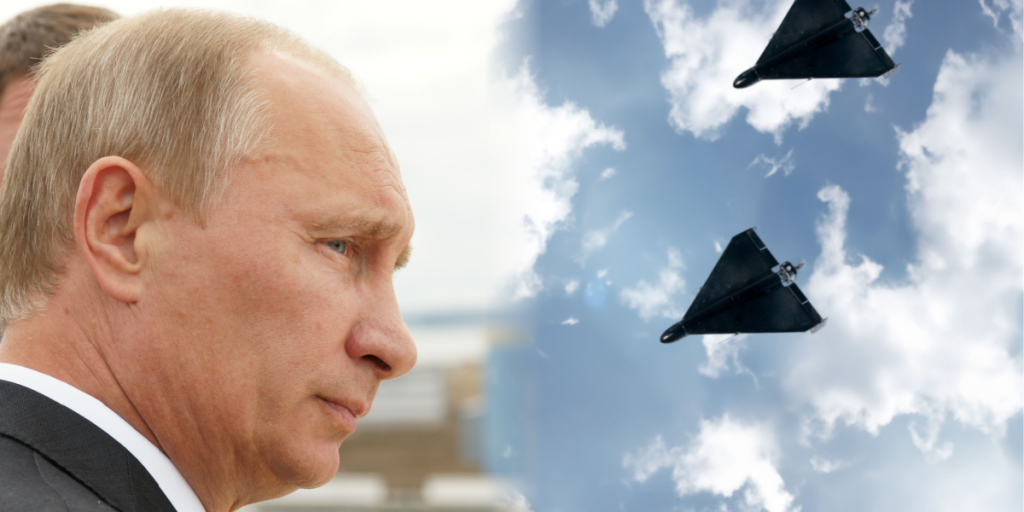Russian dictator Vladimir Putin is attempting to portray a level of military strength he does not actually possess.
Others are reading now
Russian President Vladimir Putin is exaggerating his military power to test the reaction of NATO and European nations, according to Lord Don Touhig.
Putin is testing NATO’s reaction

Russian dictator Vladimir Putin is trying to project a level of military strength he does not actually possess, says Lord Don Touhig, Vice President of the Parliamentary Assembly of the Council of Europe (PACE).
Recent border provocations
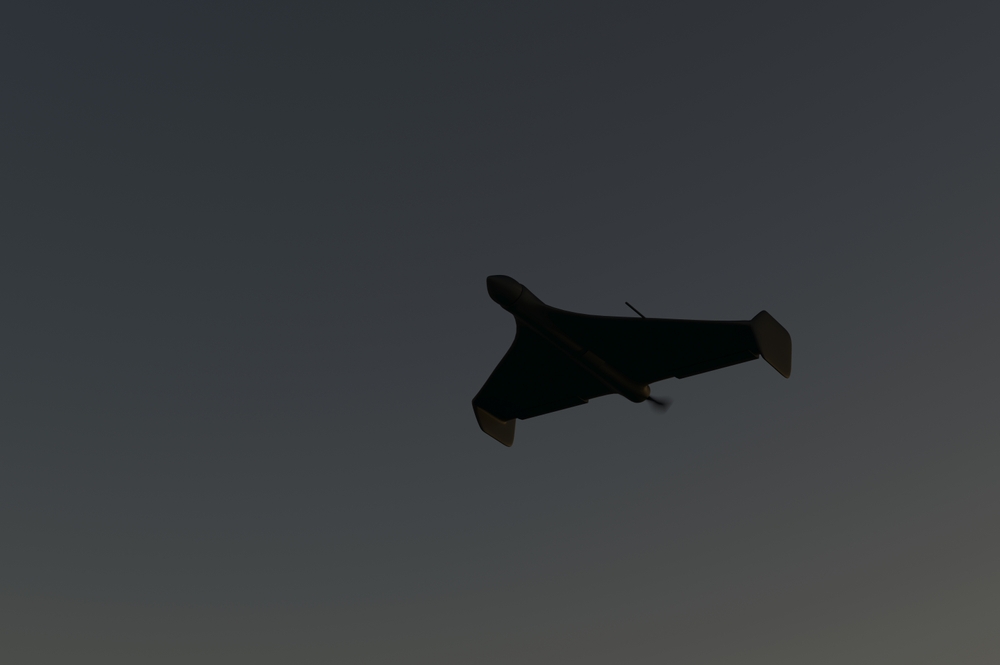
Speaking to RBC-Ukraine, Lord Touhig said recent drone incidents and border provocations are part of a broader Kremlin strategy designed to test NATO’s response and create the illusion of dominance.
“Through these incursions, Putin is trying to show he has such capabilities and to test what kind of response he’ll get from NATO and Western European nations,” he said.
A campaign built on perception
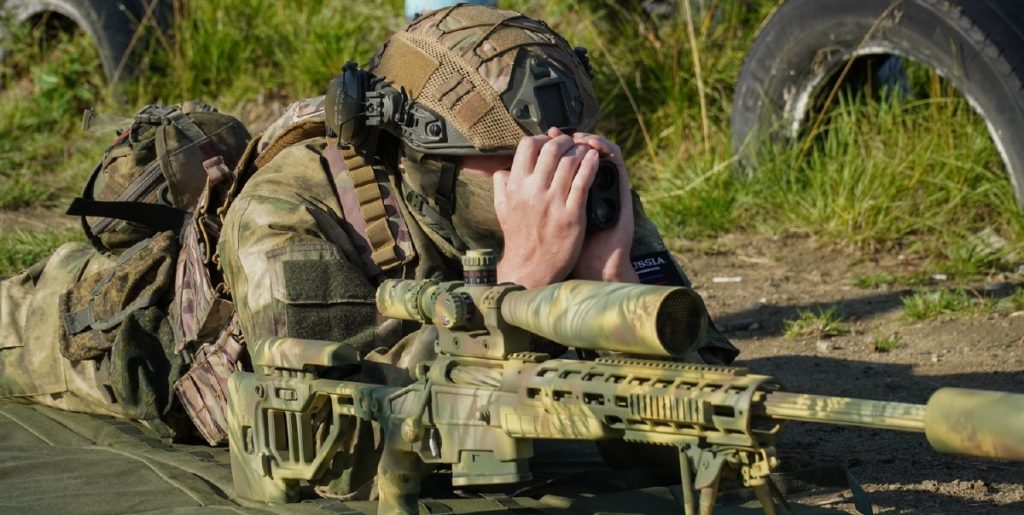
According to Lord Touhig, these provocations are not a reflection of real military strength but rather a deliberate attempt to manipulate public perception.
Also read
“Night after night on our TV screens we see another attack on Kyiv. Then the next morning—an incursion into Estonia, an incursion into Finland. And I think he’s creating the impression of greater military might than he actually has,” Touhig said.
He added that Putin “doesn’t have that level of power—and he knows it.”
Europe feels rising pressure
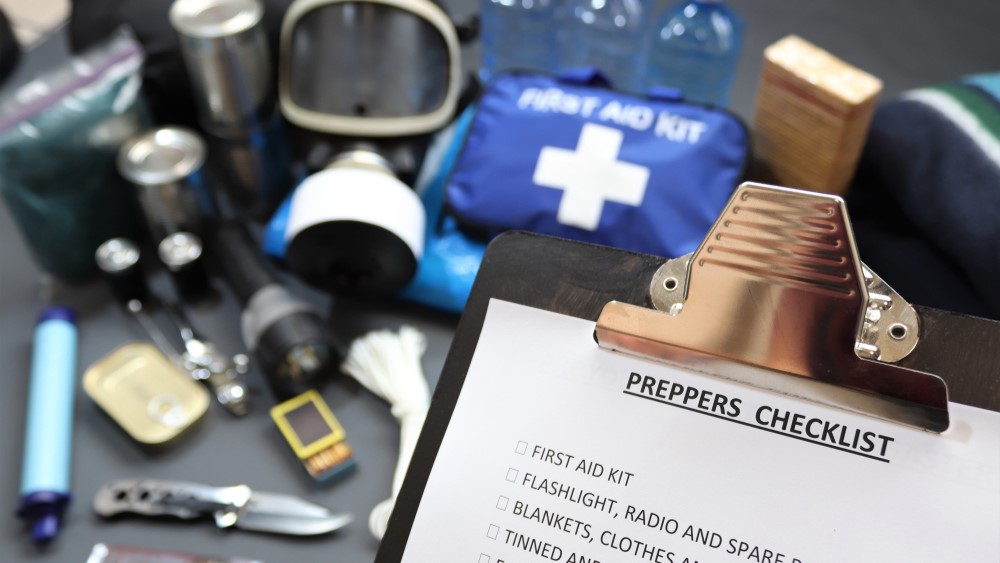
Touhig acknowledged that Europe is becoming increasingly aware of the growing threat from Russia, though he admitted it is still “not a top priority” for many governments.
Security experts have repeatedly warned that Moscow uses psychological and hybrid tactics—including disinformation, cyberattacks, and airspace violations—to pressure Western leaders and sow uncertainty about NATO’s ability to respond.
Incursions raise regional alarm
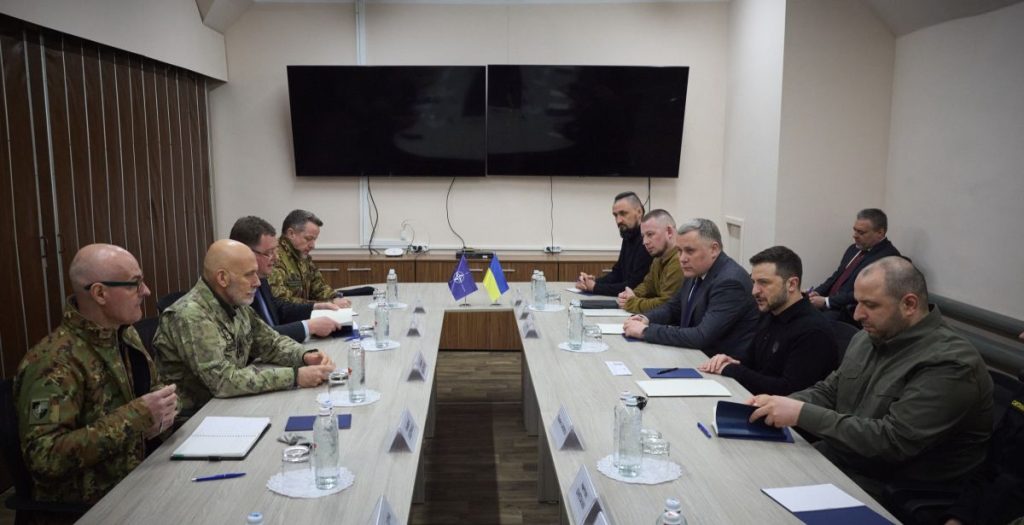
The remarks come amid a series of incidents across NATO’s eastern flank, including airspace violations and drone incursions over the Baltic region and Nordic countries.
Also read
Estonia recently shut down part of its border with Russia after detecting unusual activity near the Saatse Boot, a small strip of Russian land surrounded by Estonian territory.
Armed movement on the Russian side
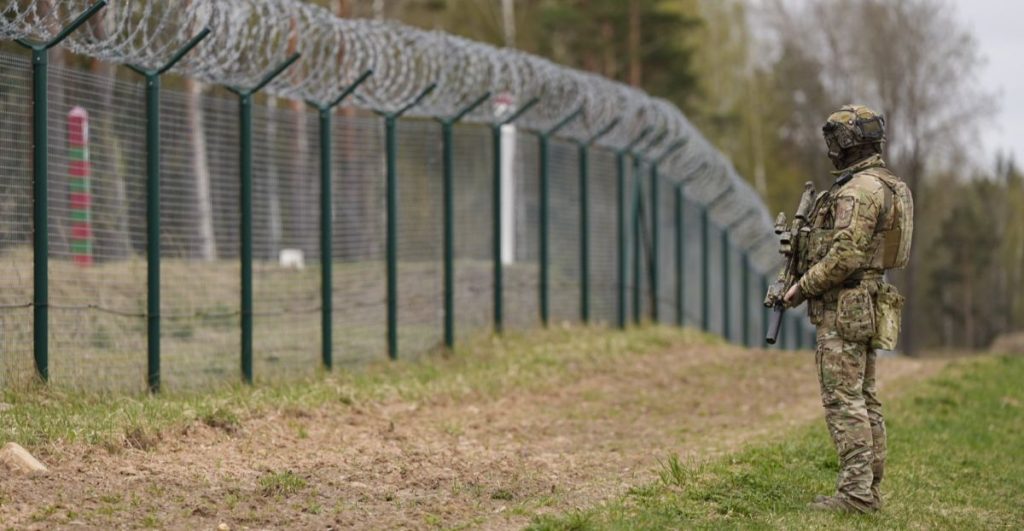
The Estonian Police and Border Guard Board said patrol officers observed armed individuals moving in formation along the Russian side of the border, creating a visible line that stretched across a roadway.
While the individuals did not cross into Estonian territory, authorities treated the incident as a potential act of intimidation, increasing patrols and coordinating with NATO allies.
Part of a pattern of escalation
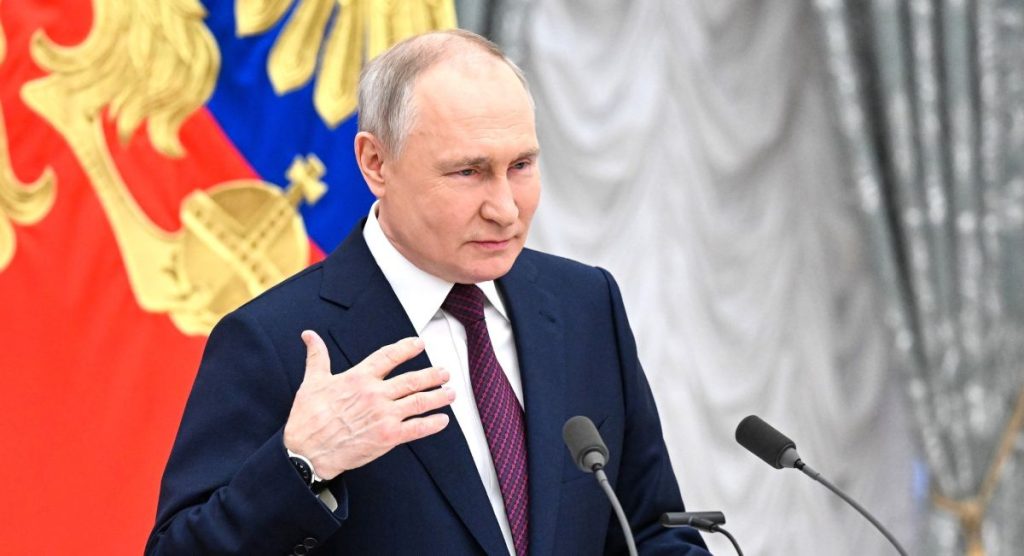
Defense analysts believe such actions are consistent with Russia’s broader gray-zone tactics, where it provokes and intimidates without triggering a direct military response.
By exaggerating its military activity, Moscow seeks to keep NATO off balance and test the Alliance’s commitment to collective defense under Article 5.
Also read
NATO continues to monitor developments
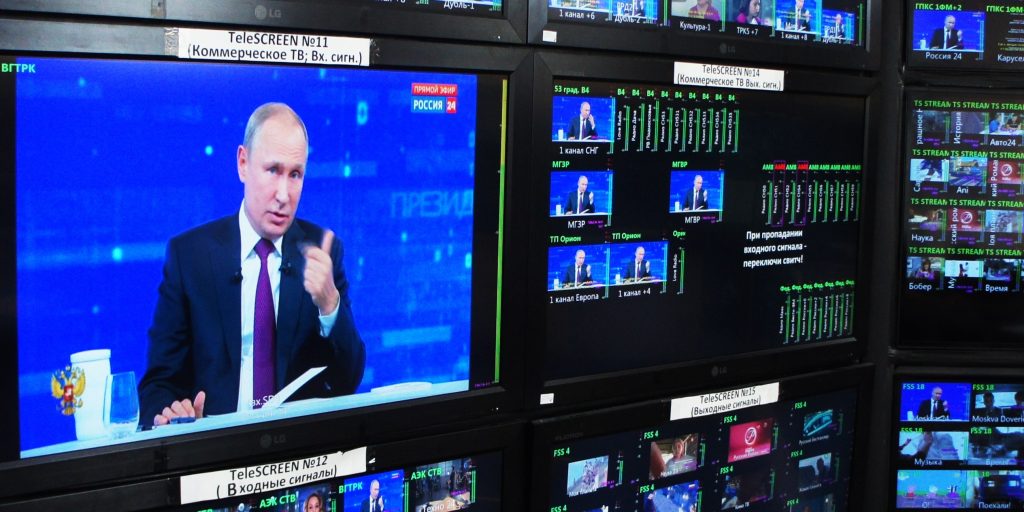
NATO officials have said they are closely monitoring these provocations but see no immediate military escalation.
A spokesperson for the Alliance told RBC-Ukraine that NATO remains “vigilant and united” and that its deterrence posture along the eastern flank is stronger than ever.
“An illusion of power”
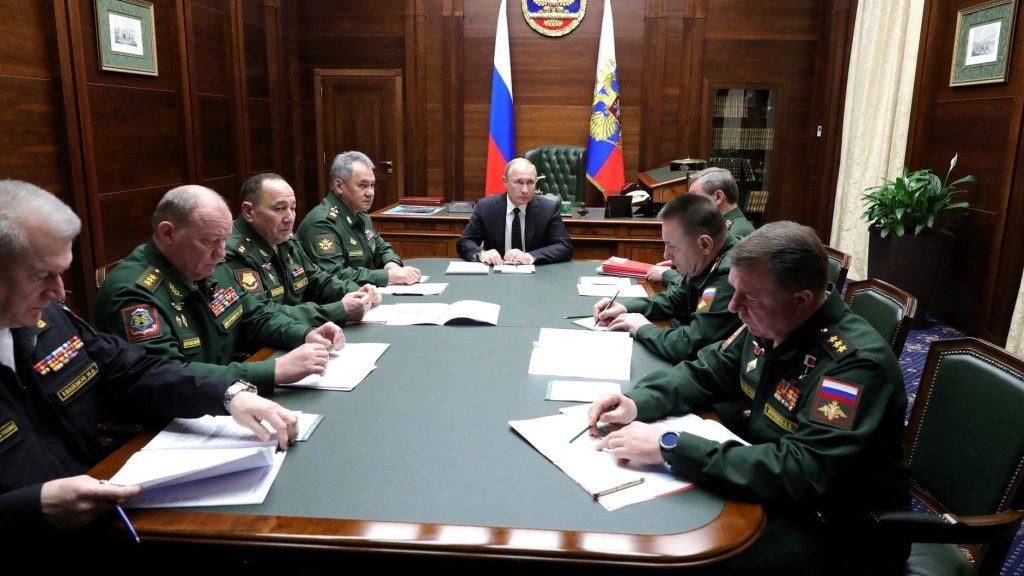
Lord Touhig concluded that Putin’s current strategy relies more on illusion than real force.
“He’s creating the impression of strength to mask weakness,” Touhig said. “It’s a psychological operation aimed at testing our will rather than demonstrating his.”

